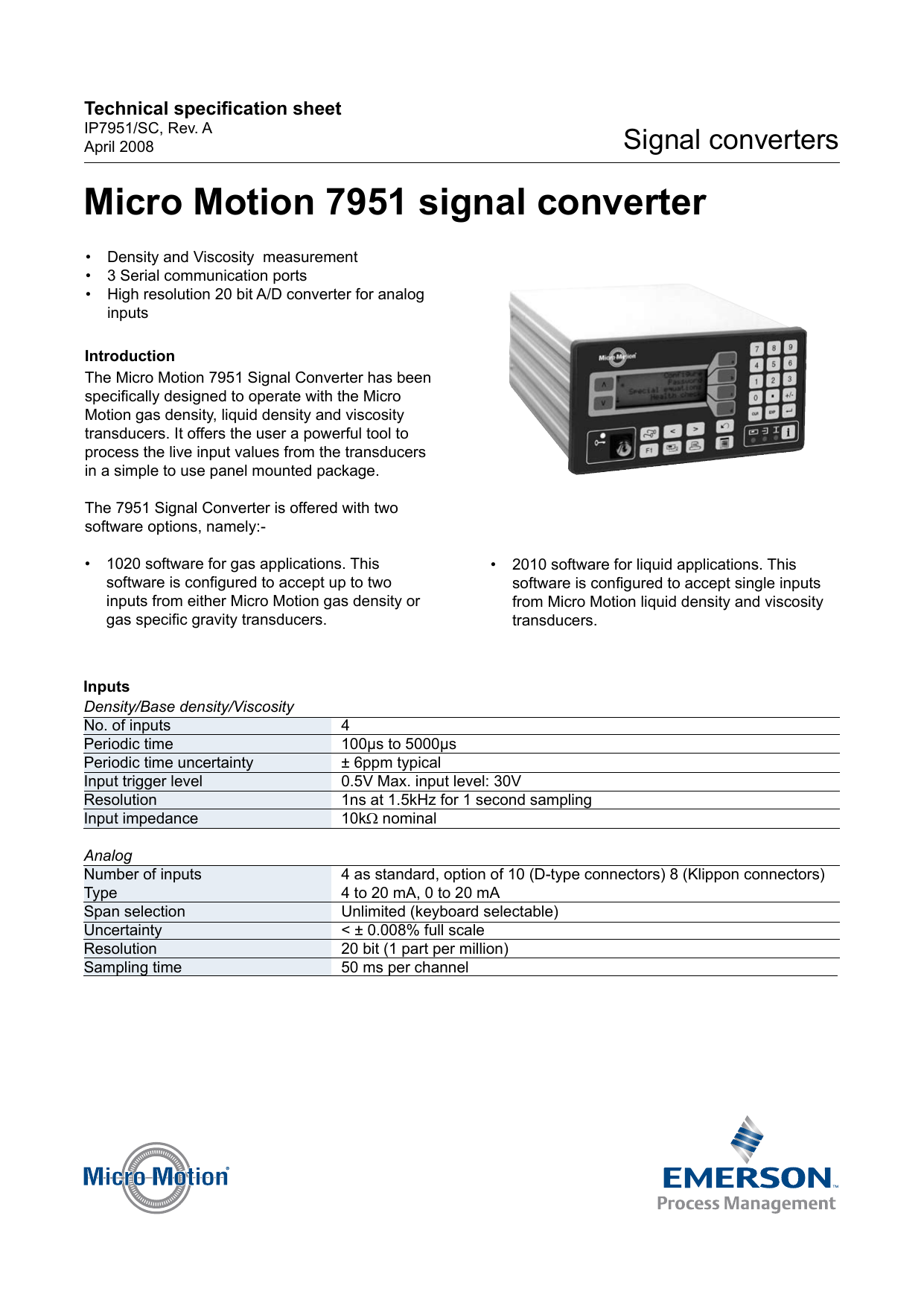Viscosity index is a dimensionless number that represents how the viscosity of a hydraulic fluid changes with temperature. (It also applies to fluids like engine and automatic transmission oils, gear lubricants, and power-steering fluids.) The greater the viscosity index (VI), the smaller the change in fluid viscosity for a given change in temperature, and vice versa. Thus, a fluid with a low viscosity index will experience a relatively large swing in viscosity as temperatures change. High-VI fluids, in contrast, are less affected by temperature changes.
PET - Intrinsic Viscosity - ASTM D4603; PET - Viscosity Number - ISO 1628-5; PVC - K-Value - ISO 1628-2.Serial Number of Main viscometer unit. Year of purchase. Viscosity VPN Cracked FULL DOWNLOAD (Mirror #1). Coles hydra speed crane workshop manual pdf.

Typical mineral-oil fluids used in hydraulics have a viscosity index of around 100, although products range from below 100 to well beyond 200.
The best oils with the highest VIs remain stable and don't vary much in viscosity over a wide temperature range. That, in turn, means consistent, high performance from a machine.

Standard ASTM D2270 calculates viscosity index in part by measuring a fluid's kinematic viscosity at 40° and 100° C. Highly refined mineral oils with few contaminants tend to have higher VIs, all things being equal. Synthetic oils usually have a higher VI than do mineral oils.
Fluid manufacturers can improve the viscosity index of base oils by using polymer additives to form multigrade-viscosity oils. These modifiers are temperature sensitive. At low temperatures, the polymer chains in the modifiers contract or fold and don't have much effect on fluid viscosity. But at higher temperatures, the polymers expand and that helps increase viscosity.
However, viscosity improvers can be susceptible to mechanical shearing. Such action can, over time, break down the polymers and degrade fluid viscosity. Experts often recommend shear-stable additives to ensure high-VI fluids work as intended.

Viscosity Number Definition
Typical mineral-oil fluids used in hydraulics have a viscosity index of around 100, although products range from below 100 to well beyond 200.
The best oils with the highest VIs remain stable and don't vary much in viscosity over a wide temperature range. That, in turn, means consistent, high performance from a machine.
Standard ASTM D2270 calculates viscosity index in part by measuring a fluid's kinematic viscosity at 40° and 100° C. Highly refined mineral oils with few contaminants tend to have higher VIs, all things being equal. Synthetic oils usually have a higher VI than do mineral oils.
Fluid manufacturers can improve the viscosity index of base oils by using polymer additives to form multigrade-viscosity oils. These modifiers are temperature sensitive. At low temperatures, the polymer chains in the modifiers contract or fold and don't have much effect on fluid viscosity. But at higher temperatures, the polymers expand and that helps increase viscosity.
However, viscosity improvers can be susceptible to mechanical shearing. Such action can, over time, break down the polymers and degrade fluid viscosity. Experts often recommend shear-stable additives to ensure high-VI fluids work as intended.
Viscosity Number Definition
Also remember that it's important to use a fluid with the recommended viscosity when running a machine. When viscosity is too low and fluid too thin, users will see problems like higher wear and overheating. Too thick and the machine is hard to start and has low mechanical efficiency, and can even lead to problems like cavitation.
Serial Number Check
Although oil viscosity changes with temperature, that's not so important in machines that run at constant load and speed and at constant temperatures. Here, the viscosity index is not so important: Just choose the suitable monograde viscosity recommended for the application. But when conditions are not constant—such as in mobile equipment that must operate from winter cold to desert heat—and loads, speeds and temperatures vary, many OEMs recommend high-VI fluids that help maintain near-optimum viscosity over a wider temperature range. High-VI fluids can also improve the energy efficiency of a machine.
